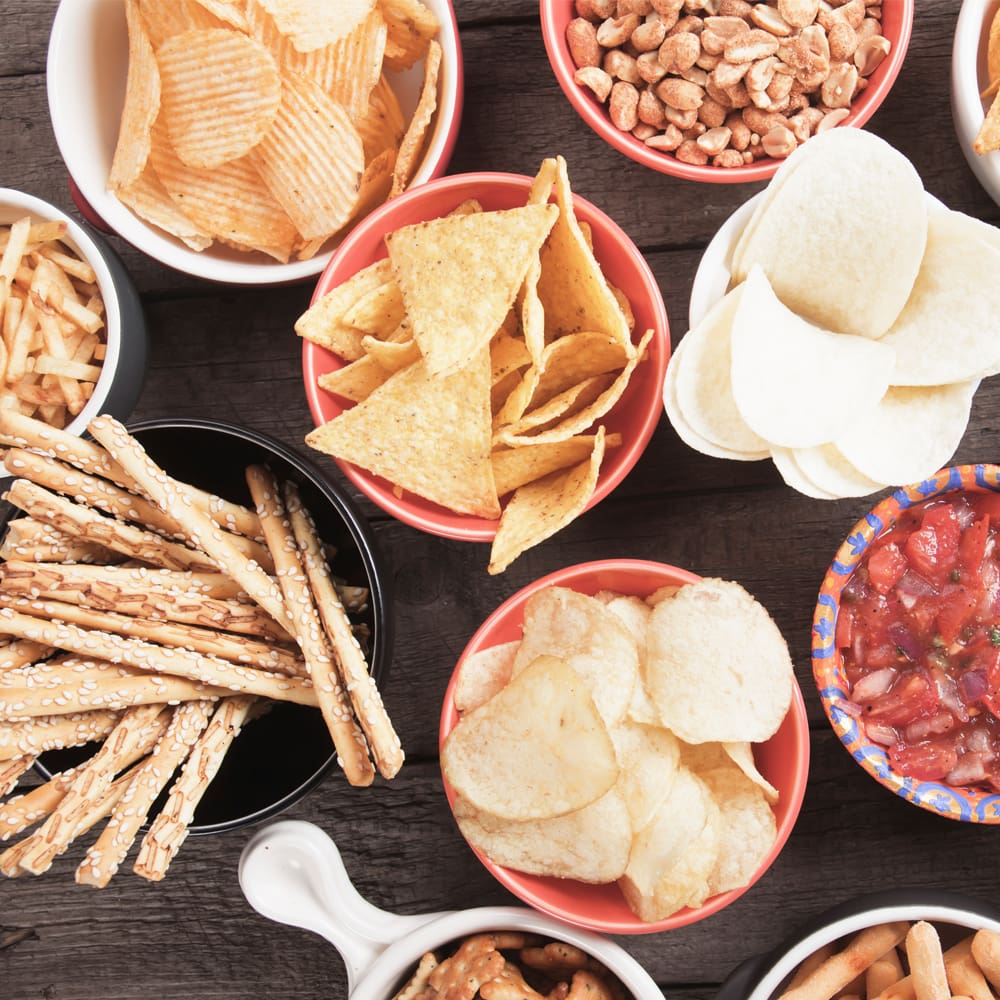
Making healthier choices and changing behaviour isn’t always easy. A common concern I hear from clients is that while they make healthy choices for meals, they tend to overdo the snacking.
We often internalise the blame for this, believing it’s due to a lack of willpower. However, there are many factors involved in making the choices we do — it’s not just about willpower! The tips below can help you avoid mindless snacking, or snacking beyond the point of comfort.
- At work, keep snacks away from your desk. I know that if I have a bag of nuts sitting on my desk, I’ll mindlessly munch away at far more than a serving size because I’m simply not paying attention to the act of eating — my attention is on my computer. By keeping snacks away from where you sit snacking becomes a more conscious choice, as you have to think about getting up to get something to eat.
- Make sure you’re eating enough during the day. If you’ve had a small bowl of porridge for breakfast and just a salad for lunch, I wouldn’t be surprised if you got home from work and wanted to snack on everything in the pantry.
This isn’t a lack of willpower; rather it’s your body’s natural hunger mechanisms kicking in because you haven’t given it enough fuel during the day. Everyone is slightly different with respect to the foods that satisfy them but, generally, a source of protein at lunch along with some wholefood carbohydrate, a serve of healthy fat and a serve of vegetables will provide a balanced, sustaining lunch to help keep you feeling satisfied and fuelled.
- Rather than eating out of large packets, apportion your snacks into smaller packages, or put a portion in a bowl. With larger packets we run the risk of overestimating portion sizes, especially if we’re not paying attention.
- Get in the habit of asking yourself: “I can have it if I really want it, but do I actually feel like it?” This simple question gives you that extra bit of time to make a conscious choice around your snacking. You are giving yourself permission to eat, but you are also reviewing whether you really feel like it. Sure, the food may look good, but after checking in with how hungry you feel and what you really feel like, you may find you don’t really want it after all.
- Eat mindfully. Learning mindful eating takes a bit of practice, but it’s a really useful way to help reduce non-hungry eating and also to help you improve your relationship with food. I’ve written an intro to mindful eating here.
For more tips, I’d recommend reading some of the work by Brian Wansik, a food psychologist and leader in the field of eating behaviours and mindless eating. He has written a number of publications, including the book Mindless Eating: Why We Eat More Than We Think.
www.healthyfood.com










